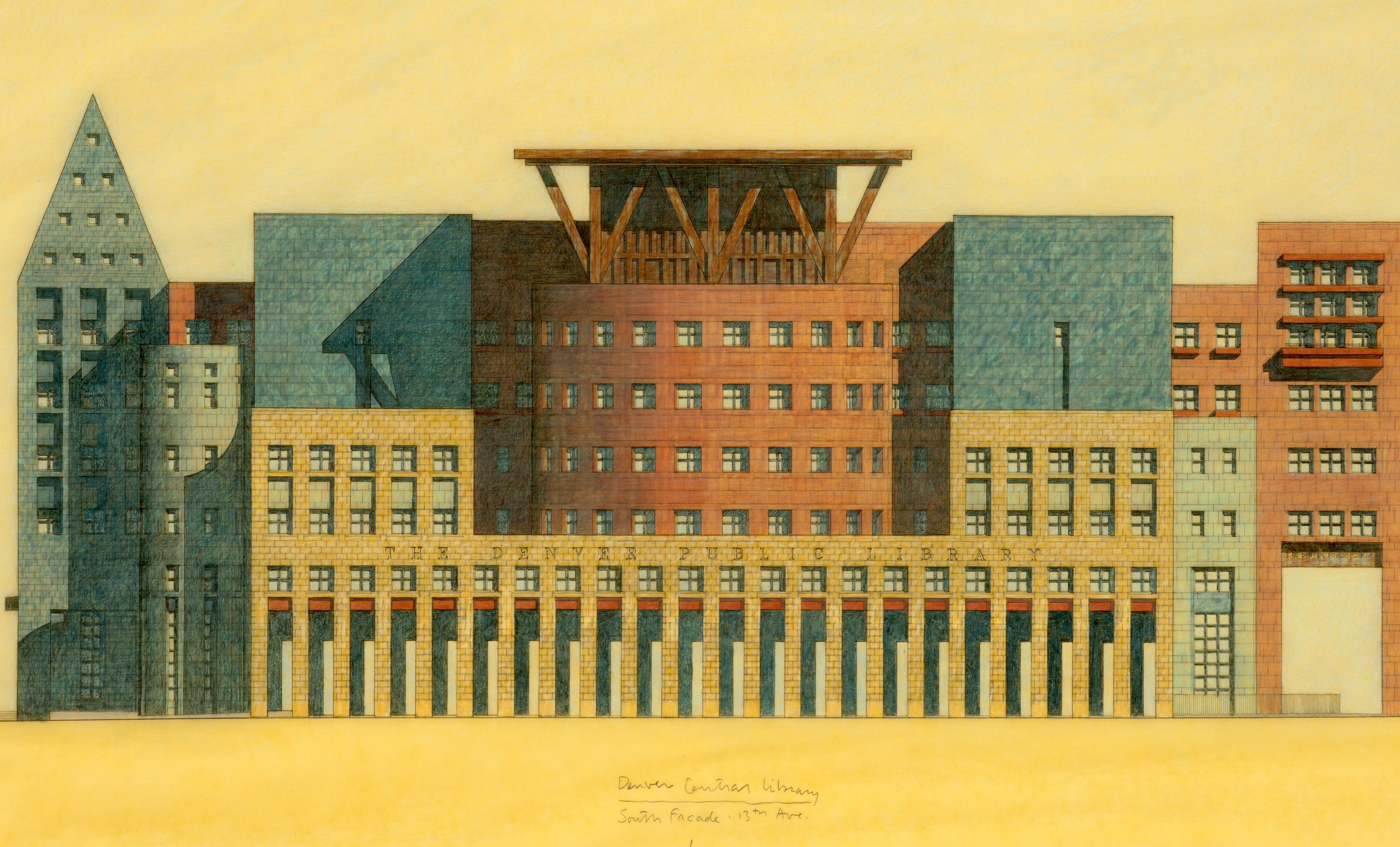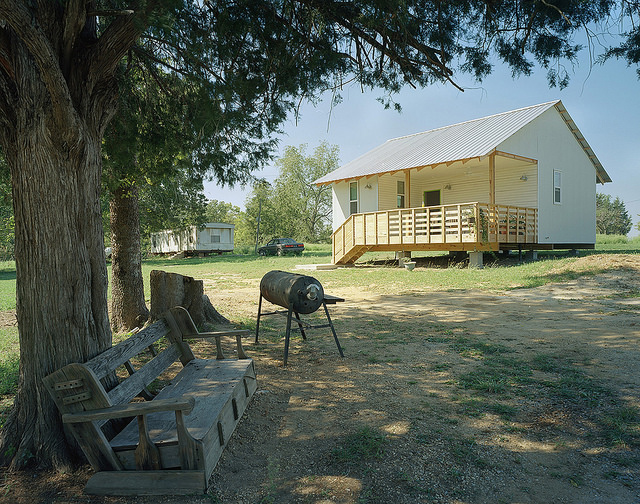On Wednesday, the Princeton University Art Museum announced that it had acquired nearly 5,000 drawings by architect and product designer Michael Graves (1934-2015). The drawings from Graves’s estate span the entire range of his subject matter and design concerns and will form an important resource for researchers, designers and museum audiences. Graves founded his practice in Princeton in 1964 and taught architecture at Princeton for 39 years, retiring in 2001. A+A recently interviewed James Steward, the Nancy A. Nasher—David J. Haemisegger, Class of 1976, director of Princeton University Art Museum, about the acquisition:
Why did Princeton acquire these drawings?
Michael Graves was one of the most influential designers of his generation, who remained committed to the Beaux Arts tradition of draftsmanship. Beyond the physical beauty of many of the drawings—from travel drawings to early sketches for many of Michael’s most important buildings to studies for his product design—we felt the archive ought to stay intact in a single institution where it could be a resource for scholars and students.
How will they be displayed and where will they be on view?
As works on paper they are highly susceptible to light exposure and therefore are subject to standard best practices in the museum field for display of highly light-sensitive material. Cumulative light exposure must be carefully monitored. Selections will certainly be displayed from time to time, and we hope to organize an inaugural exhibition of highlights in due course, but the archive is probably best understood as a research resource in the tradition of archives of artist’s work or papers.
Who will have access to them?
Ultimately all of the drawings will be digitized so that they are discoverable via the collections search tools on our website. Any scholar will be able to request access to the archive or to specific drawings once the archive is physically transferred and catalogued.
What will the drawings mean to architects and students?
I don’t think I can speak for architects and students, but Michael’s unusual influence as a practitioner who straddled the fence between architecture and product design gave him widespread impact and a legacy that isn’t easily defined, and suggests that a wide range of scholars (including students) studying later 20th-century design will have an interest in seeing the work and in understanding Michael’s design process.
According to Patrick Burke, one of Graves’s students as well as a principal at his firm, “Drawing was fundamental to Michael’s creative process. He always drew with a purpose, whether to remember something he saw, capture an idea, or carefully develop a design.”
Why was drawing so important to Graves and to the school?
Michael himself put it best when he said: “Architecture cannot divorce itself from drawing, no matter how impressive the technology gets. Drawings are not just end products: they are part of the thought process of architectural design. Drawings express the interaction of our minds, eyes, and hands.”
We can’t generalize to say that this commitment to the act of drawing was widespread in Michael’s generation. Indeed from experience I know that he felt it was a dying practice—but this only deepened his commitment to keeping the practice alive. As a Museum, we share Michael’s understanding that drawing is both an essential process of discovery as well as a worthy outcome in its own right for what it reveals about the hand of the maker.
For more, go here.
[slideshow id=2051]



